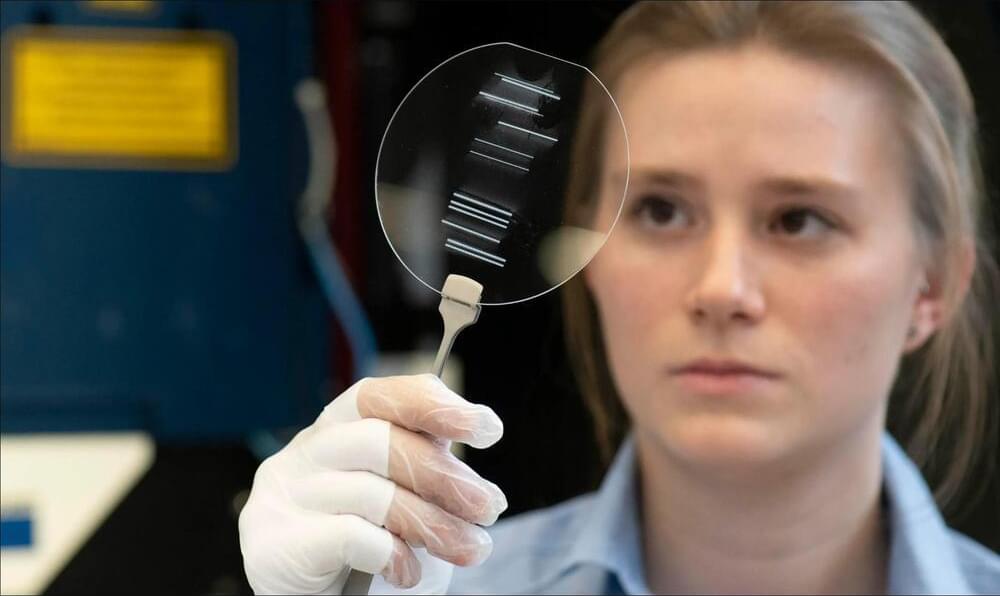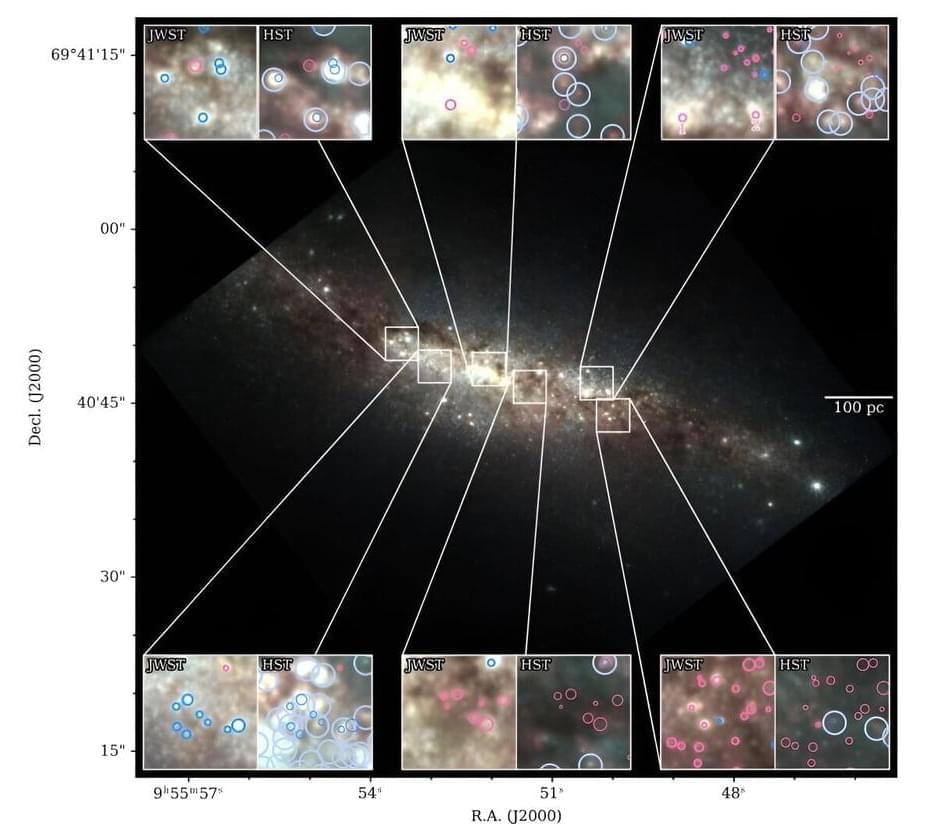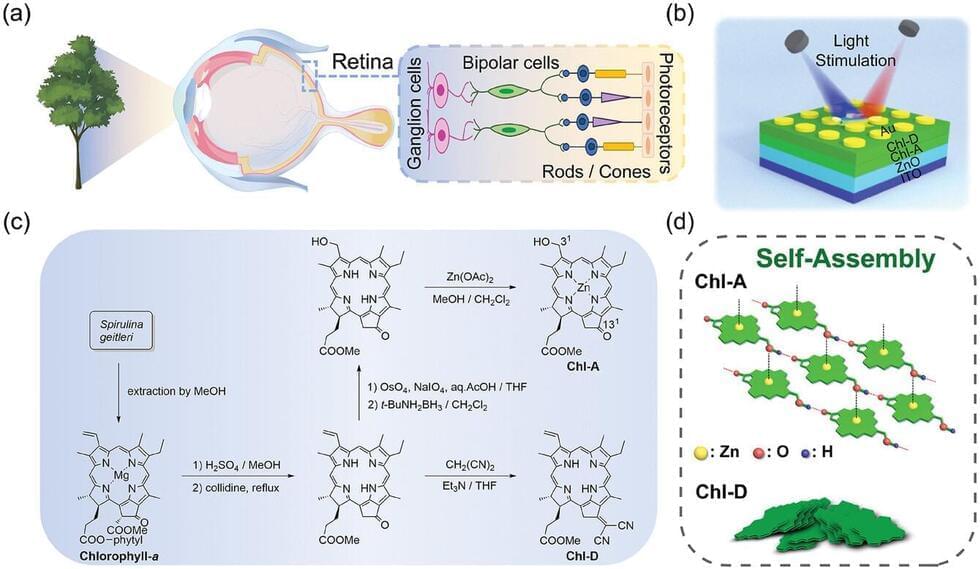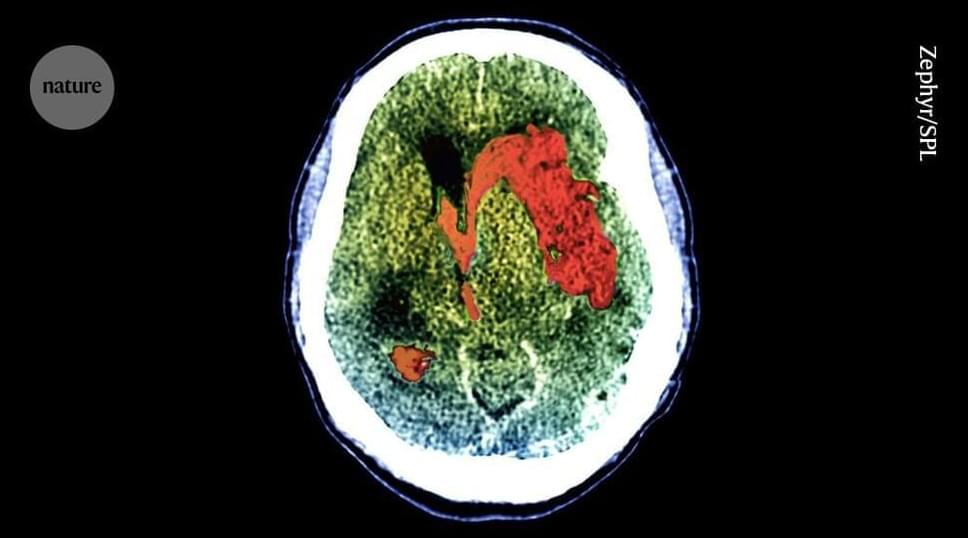Studies find wildly divergent views on risk and suggest that regulations could be tightened.
Studies suggest that regulations could be tightened to head off AI misbehavior.


First described by Nedergaard and her colleagues in 2012, the glymphatic system is the brain’s unique waste removal process that uses cerebrospinal fluid (CSF) to wash away excess proteins generated by energy hungry neurons and other cells in the brain during normal activity.
A drug used to induce labor in pregnant women has been shown to reactivate tiny waste-clearing pumps in the brains of old mice. The finding could hold promise as a new way to fight Alzheimer’s and Parkinson’s diseases and overall cognitive decline.
When our brains are working properly, there is an excess of proteins that build up from the energy intensive processes that take place between our neurons. Those proteins need to be removed in order for the brain to continue to operate properly. When they aren’t, they can gunk up the works, leading to the beta amyloid and tau protein tangles that are a hallmark of Alzheimer’s disease or the build up of alpha-synuclein that accompanies Parkinson’s.
In 2012 Danish neuroscientist, Maiken Nedergaard first described the system that uses cerebrospinal fluid (CSF) to remove waste from the brain and termed it the glymphatic system. Now, Nedergaard and her colleagues have looked deeper into the glymphatic system, focusing on lymph vessels called lymphangions. These are a series of tiny pumps in the neck that are responsible for moving dirty CSF out of the brain and into the lymph system where it ultimately reaches the kidneys to be processed.

“Certainly,” says Christof Koch, Ph.D., a neuroscientist and prominent figure in the field of consciousness studies. “Any complex system, whether evolved on Earth or elsewhere, could be conscious.” What that consciousness might look like is another matter entirely. Could aliens exhibit empathy, self-awareness, love, hate, or fear?
To answer these questions, consider panpsychism, an ancient cosmic theory that suggests consciousness could be a ubiquitous feature of the universe, akin to gravity or charge. This idea, dating back to ancient Greek philosophers like Thales and Plato, has seen a resurgence in the 21st century as mainstream scientific approaches struggle to fully explain consciousness.

Quantum is huge. Because quantum computing allows us to step beyond the current limitations of digital systems, it paves the way for a new era of computing machines with previously unthinkable power. Without recounting another simplified explanation of how quantum gets its power at length, we can reference the double-slit experiment and perhaps the spinning coin explanation.
A coin sat on a desk is either heads or tails, rather like the 1s and 0s that express the on or off values in binary code. Quantum theorists would prefer we think of the coin above the desk, spinning in the air. In this state, the coin is both heads and tails at the same time. This is because, at the quantum level, both values exist until we make an observation of its state at any given point in time. We could further increase the number of positions possible (literally known as quantum superposition) by altering the angle of view we take on the coin, which is somewhat similar to how we work with qubits in quantum mechanics.
So then, Schrödinger’s cat is both alive and dead at the same time and the dummies guide to quantum entanglement is out there on the web if needed. What matters most now is how we will make practical use of quantum computing and where it will be applied for best advantage.


If you love card games, definitely check out Doomlings. Click here and use code ISAAC20 to get 20% off of your copy of Doomlings! https://bit.ly/IsaacDoomlings.
Technology has shaped our civilization as it grew down the centuries, and since the industrial revolution, each new generation seems defined by some new technological revolution… So what will the next revolution be?
Visit our Website: http://www.isaacarthur.net.
Join Nebula: https://go.nebula.tv/isaacarthur.
Support us on Patreon: / isaacarthur.
Support us on Subscribestar: https://www.subscribestar.com/isaac-a…
Facebook Group: / 1583992725237264
Reddit: / isaacarthur.
Twitter: / isaac_a_arthur on Twitter and RT our future content.
SFIA Discord Server: / discord.
Credits:
The Next Technological Revolution.
Episode 460; August 15, 2024
Produced, Written \& Narrated by: Isaac Arthur.
Editor: Lukas Konecny.
Select imagery/video supplied by Getty Images.
Music Courtesy of Epidemic Sound http://epidemicsound.com/creator.
Stellardrone, \


Bacteria defend themselves from viral infection using diverse immune systems, many of which sense and target foreign nucleic acids. Defense-associated reverse transcriptase (DRT) systems provide an intriguing counterpoint to this immune strategy by instead leveraging DNA synthesis, but the identities and functions of their DNA products remain largely unknown. Here we show that DRT2 systems execute an unprecedented immunity mechanism that involves de novo gene synthesis via rolling-circle reverse transcription of a non-coding RNA (ncRNA). Unbiased profiling of RT-associated RNA and DNA ligands in DRT2-expressing cells revealed that reverse transcription generates concatenated cDNA repeats through programmed template jumping on the ncRNA. The presence of phage then triggers second-strand cDNA synthesis, leading to the production of long double-stranded DNA. Remarkably, this DNA product is efficiently transcribed, generating messenger RNAs that encode a stop codon-less, never-ending ORF (neo) whose translation causes potent growth arrest. Phylogenetic analyses and screening of diverse DRT2 homologs further revealed broad conservation of rolling-circle reverse transcription and Neo protein function. Our work highlights an elegant expansion of genome coding potential through RNA-templated gene creation, and challenges conventional paradigms of genetic information encoded along the one-dimensional axis of genomic DNA.
One-Sentence Summary Bacterial reverse transcriptases synthesize extrachromosomal genes via rolling-circle amplification to confer potent antiviral immunity.
Columbia University has filed a patent application related to this work. S.H.S. is a co-founder and scientific advisor to Dahlia Biosciences, a scientific advisor to CrisprBits and Prime Medicine, and an equity holder in Dahlia Biosciences and CrisprBits.